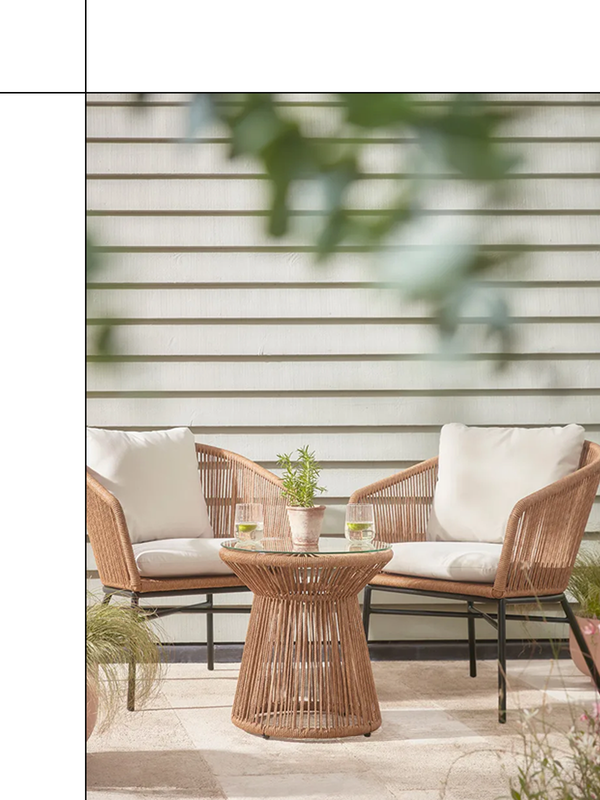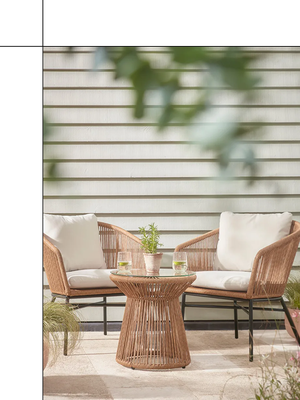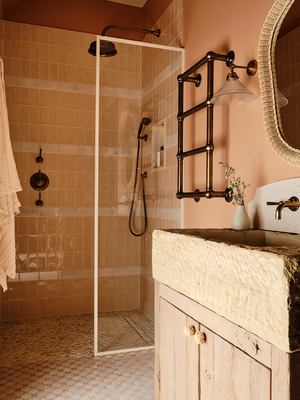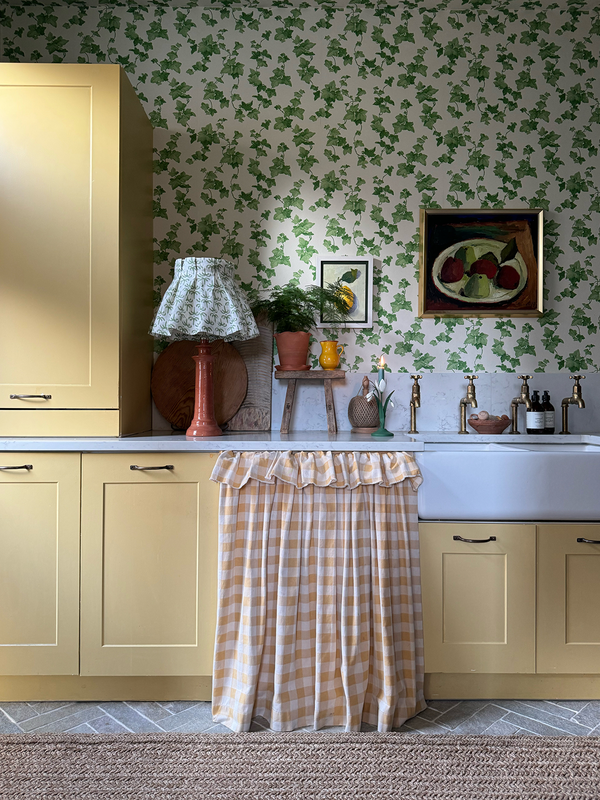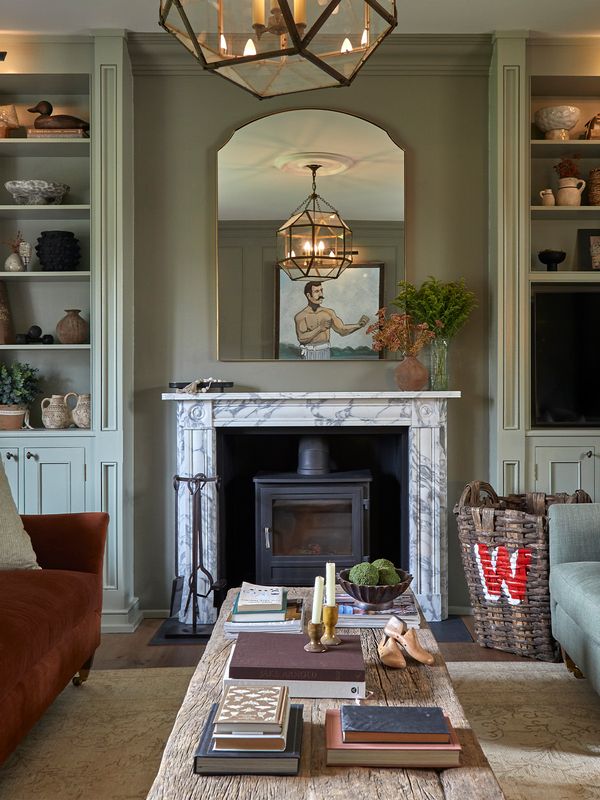
How To Declutter Your Home
When it comes to tidying up a home, there’s a method to the madness, says Kate: “Different rooms mean different challenges when it comes to decluttering – there’s a reason why many professional organisers work through a house room by room.”
Like many professional organisers, Kate tends to focus on each room individually, tackling each one with a different mindset. Here, she gives us her tips for organising, room by room.
Loft/Garage/Cellar
Certain areas tend to be magnets for excess clutter – this is one of them. Although it may be far from enticing, these rooms are often the best place to start – as they contain the most storage room, it makes sense to clear them out before you begin the rest of your house, so that any important but infrequently used items can be moved there.
TOP TIPS:
- Make sure the garage can actually fulfil its core function: to lock away a car. So many households park on the drive or road because excess stuff prevents them using the garage for its proper purpose and this can negate insurance. Consider this: are the things you're storing worth compromising security?
- In garages and sheds, consider wall storage for tools and gardening equipment and shelves with containers for smaller items, utilising the full height of the space and keeping the floor clear.
- If you have to keep paperwork or clothing in a loft, protect them by containing in plastic, airtight containers and label clearly (on all sides of each box) to ensure easy retrieval.
- Cellars are often damp and even if the problem is only slight, it can damage what you store there. Why not clear it out and value to your house by converting this space? Remember you can use the British Heart Foundation collection service for furniture and other items.
Bathroom
It can also be a sensible place to start decluttering if you don’t have a loft, garage or cellar, or if they seem too overwhelming to tackle first. The bathroom is often one of the most manageable rooms so you can make an impact quickly, which will encourage you to keep going.
TOP TIPS:
- As well as having an initial purge, accept that a smaller version of the process will have to be repeated weekly due to it being a high usage area.
- Toss any empty toiletries or those you don’t like or don’t suit you. New toiletries can be donated to charity shops.
- Remember that liquid make-up only lasts 6 months and other toiletries a year, so be ready to regularly check, bin and replenish when the time comes.
- It can be tempting, but don't buy in bulk unless you have a lot of storage space. The savings often aren't huge and most of us don't live very far from a shop where we can replenish our stock.
- Use open containers to separate items in under-the-sink drawers and consider attractive glass or bamboo storage for items on show.
Kitchen
Often described as ‘the hub’ of a home, the kitchen should be a social and welcoming space. But so many activities may occur in the kitchen and all of them have the ability to create mess and disorder, so it’s important to keep on top of this area and ensure ease of cleaning.
TOP TIPS:
- Keep counter space clear enough to make food preparation easy, only allowing daily used items and appliances to live there – for example, invest in a spice rack to mount on a cabinet or spare wall to stop your odd pots taking up key counter space.
- Ask yourself whether you can cull some crockery and cutlery – do you own multiple items which do the same job? If yes, then declutter the duplicates; homeware makes a great donation to charity shops.
- As for the inside of cupboards, maximise the whole space by using stepped shelf inserts or turntables. Move the height of the shelves if required and utilise other clever solutions such as tension rods between which to place flat trays.
- Organisational systems can really come into play in a kitchen. Hang up a dry erase board as a way to note shopping list items and move older food to the front of the cupboards and fridge before you unpack new shopping.
Bedroom
This is the last place you should let clutter accumulate. The function of a bedroom is simple: it’s for sleep and relaxation and as such, it should be a place for a peaceful retreat.
TOP TIPS:
- Bedside tables often have built-in drawers which come in hand for odd bits you need, but don’t overfill them; hidden clutter can still impact on wellbeing.
- Many beds come with storage underneath, but do you really want to sleep on a pile of ‘stuff’? Keep this space free of odd clutter and reserve specifically for linen and towels.
- When it comes to your clothes, a well organised wardrobe can make all the difference to how you start your day. Getting rid of clothes that you don’t wear is always the first step – most people wear 20% of their clothes, 80% of the time.
- When deciding what to throw away, make three piles: throw (for clothes that are too ruined to go to a new home), keep (for the items you love) and sell/charity (for the ones that are good enough to be passed on to someone else).
- Avoid holding on to too many clothes with the intention of selling them. It's easy to procrastinate and the return can be disappointing. Remember that charity shops need great quality donations to entice customers into the shop. The British Heart Foundation also has an eBay shop which generates more funds for the charity.
- When you organise the clothes that will stay, drawer dividers can be useful for separating small items of clothing in drawers and using uniform “skinny” hangers can maximise space and enhance the aesthetics.
Living Room
It's important to create a calm and restorative environment in this area which, after all, is designed for relaxation and is likely where you spend most of your time.
TOP TIPS:
- Firstly, ensure the furniture fits the size of the room – too large and it creates a crowded feel. Donating furniture to charity is a great way to support them; just ensure upholstered items have the fire label intact.
- Use chic storage boxes or the drawers of your coffee table to gather TV remotes and video game controllers, giving them a ‘home’ when not in use.
- In these rooms, create a daily routine of clearing out old magazines/newspapers, organising the ones you do want to keep and storing them in a magazine holder (Made.com have some great ones). Plus, putting away items which don’t belong in that room is a necessity, as this can so easily build up.
Children’s Bedroom & Playrooms
Anyone with children knows that these rooms can get – and stay – extremely messy, which is why it’s important to have some storage solutions available to you.
TOP TIPS:
- Make sure toys are easy to put away using simple sliding drawers or boxes of varying sizes to accommodate all kinds of toys
- Separate into categories – for example, jigsaws, vehicles, dress up, instruments etc.
- Above all, involve them in the tidying up process at the end of the day. Not only will this help you but it will instil something vital in them: that getting their space in order is not only satisfying but essential for happiness.
Home Office
Everything in your home office should be arranged so items can be accessed easily and quickly. Keep anything you use regularly within reach and items that you use occasionally can be put in drawers or cupboards further away. Your home office needs to have good lighting, this is essential for productivity and putting a stop to eye strain.
TOP TIPS
- Have a clear desk space that only has the essential items. Things that you use every day should be left on your desk surface, such as your computer or laptop, desk tray for important papers and a small pen holder. Remember, your desktop is for working, not storing!
- Keep drawers organised by grouping similar items together – this will allow you to know how much you have of each item and you will know exactly where to look for it, which means you avoid wasting precious work time. Drawer organisers or dividers work well, keeping items grouped together and neat. Everything in your drawers should be easy to see and access; this will stop your drawers getting easily messed up and cluttered.
For more information on decluttering, visit Kate’s website, ATidyMind.co.uk.
DISCLAIMER: We endeavour to always credit the correct original source of every image we use. If you think a credit may be incorrect, please contact us at info@sheerluxe.com.
